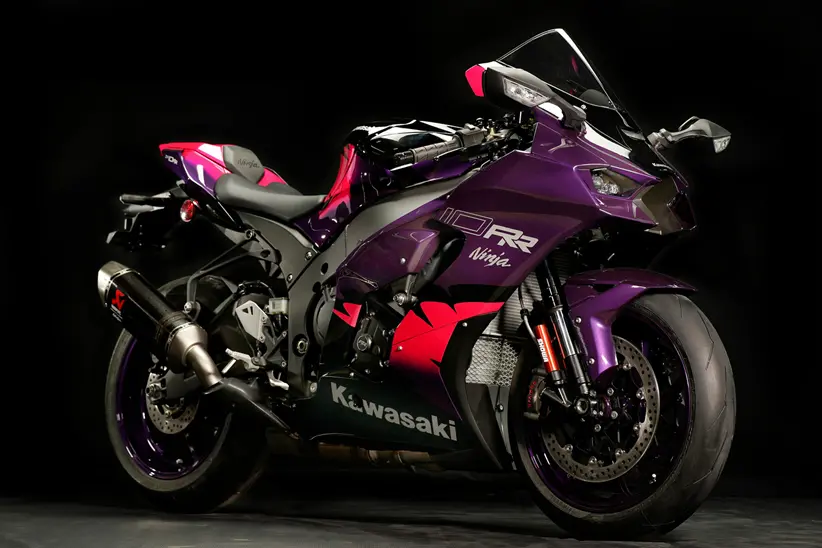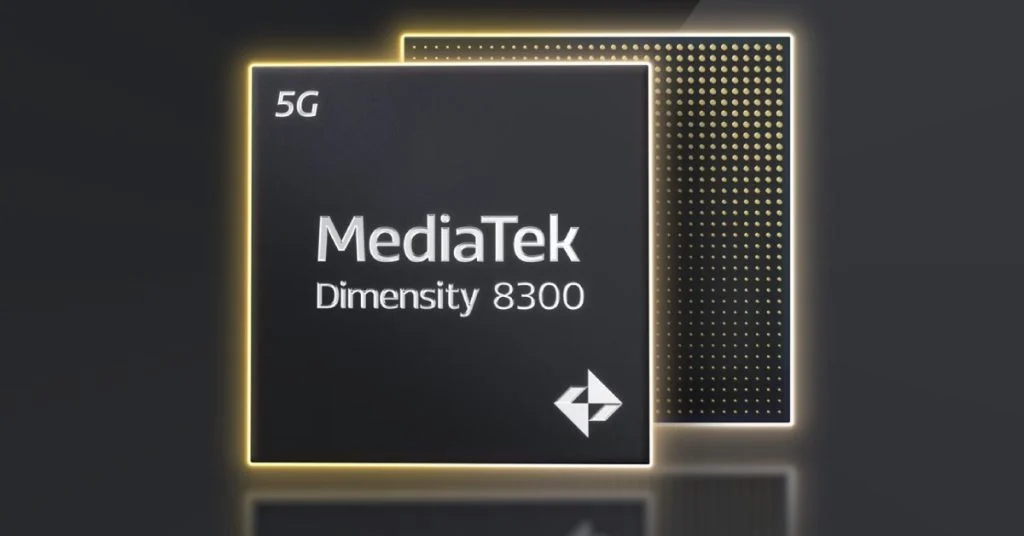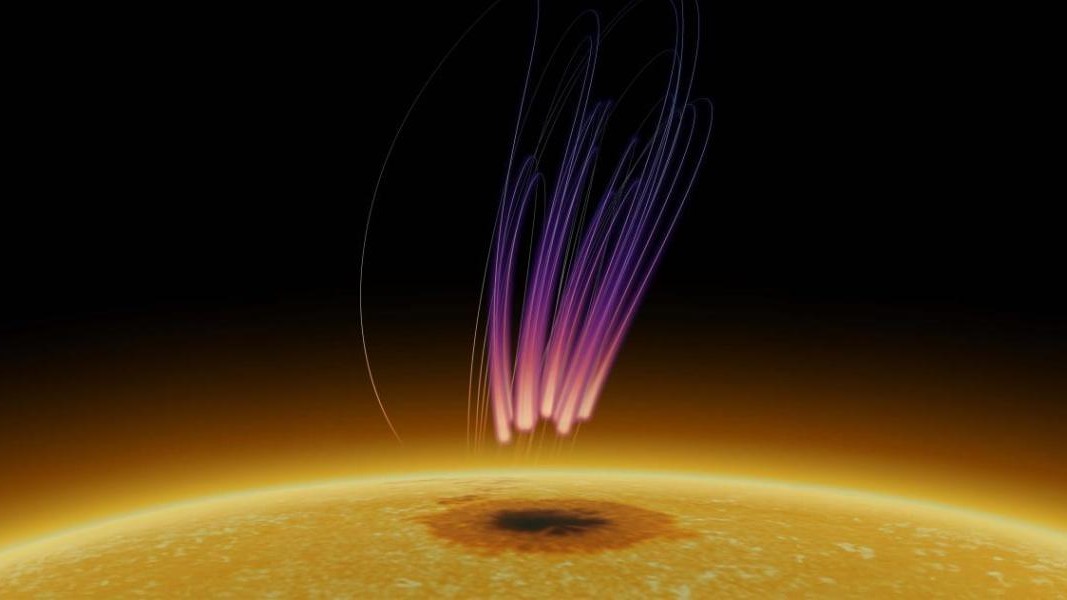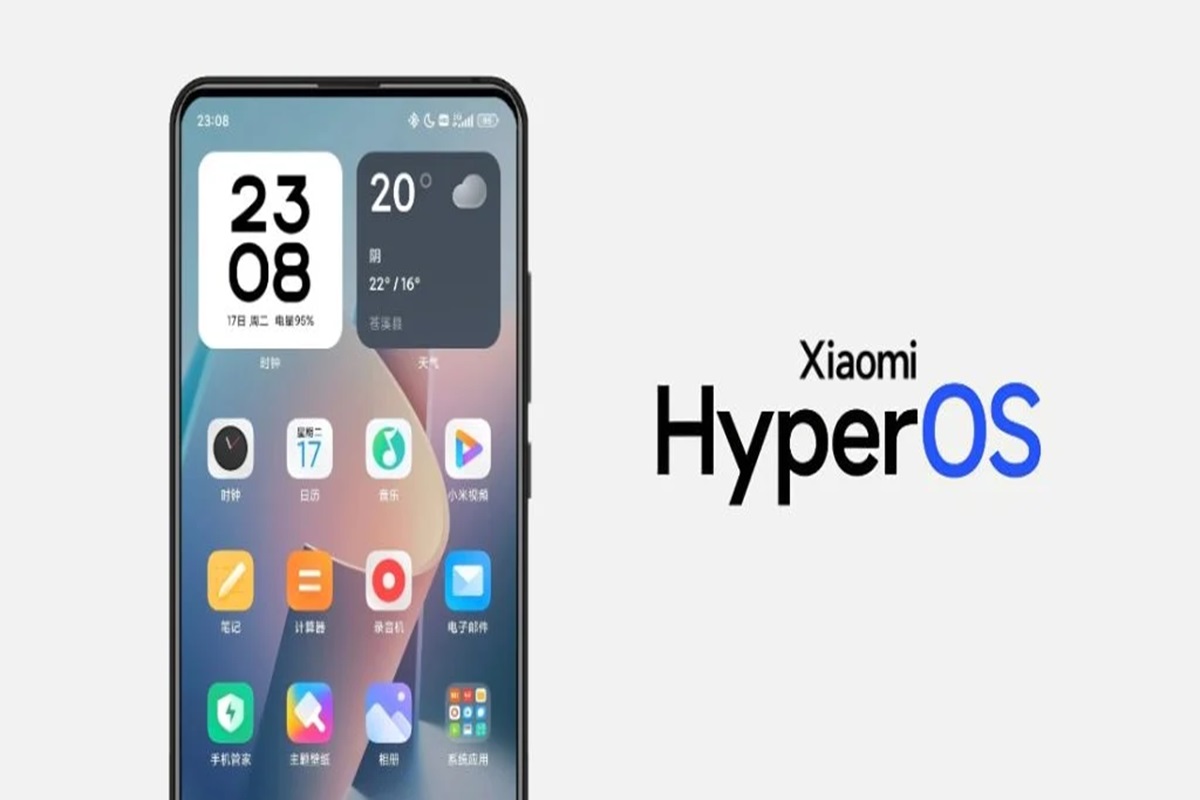Google has been supporting startups and developers since 2016 through its accelerator programs. These initiatives have played a crucial role in assisting entrepreneurs in solving global challenges. Today, we’re excited to share the first Accelerator Impact Report, highlighting the significant growth achieved by over 1100 startups and developers.

During Google’s accelerator programs, participants receive valuable training and hands-on mentorship from industry leaders and Google experts. They also gain access to the latest products and technologies. For instance, India’s Brown Living, a plastic-free marketplace, implemented automations through Looker Studio and Apps Script with support from Google mentors. Another success story comes from Carbonext, a Brazilian startup that used machine learning to monitor deforestation 80% faster and at 70% of the cost after participating in a Google for Startups Accelerator program. Additionally, Indonesia’s Gambir Studio increased revenue by 20% with guidance from mentors at an Indie Games Accelerator.
Since completing Google’s accelerator programs, 20 alumni have become unicorns (startups with a valuation over $1 billion), and one has achieved the status of a decacorn (valuation exceeding $10 billion). These startups employ nearly 120,000 people globally and have raised an impressive $30.7 billion in venture funding. Notably, accelerator alumni maintain a remarkable 96% survival rate, outperforming the average startup success rate of around 20%.
The first Accelerator Impact Report spans from 2016 through July 2023, providing insights into 24 Google accelerator programs across six continents and 87 countries. The report explores the diversity and impact of these programs, showcasing success stories and the overall positive influence on participating startups.
Google’s accelerator programs have created a supportive environment for startups and developers, fostering growth and innovation. The programs have a wide reach, covering six continents and 87 countries, illustrating Google’s commitment to supporting entrepreneurs worldwide.
Numerous success stories, such as Brown Living and Carbonext, showcase how participants leverage the training and mentorship to make a real impact in their respective industries. Google’s accelerator alumni achieving unicorn and decacorn status underscore the effectiveness of these programs in nurturing successful startups.
The startups have significantly contributed to job creation, employing almost 120,000 individuals. The impressive $30.7 billion raised in venture funding highlights the financial support these programs provide. Google’s accelerator programs continue to play a pivotal role in shaping the success of startups and developers globally.









